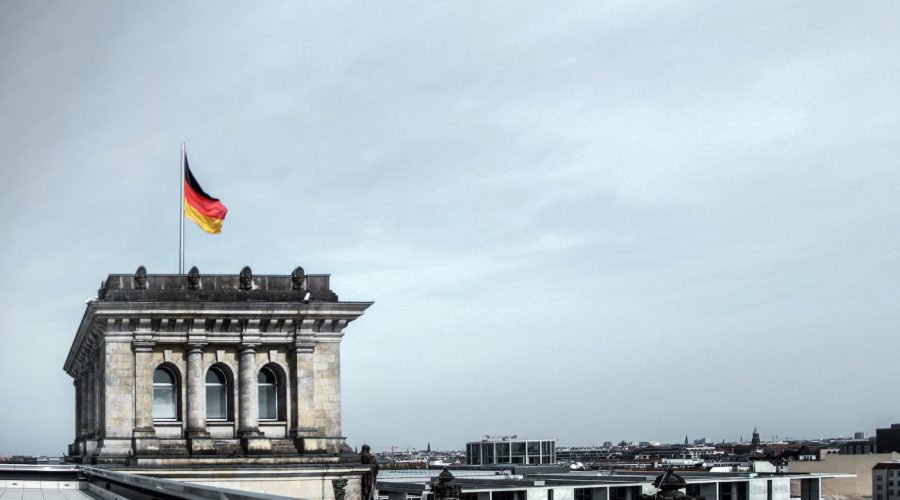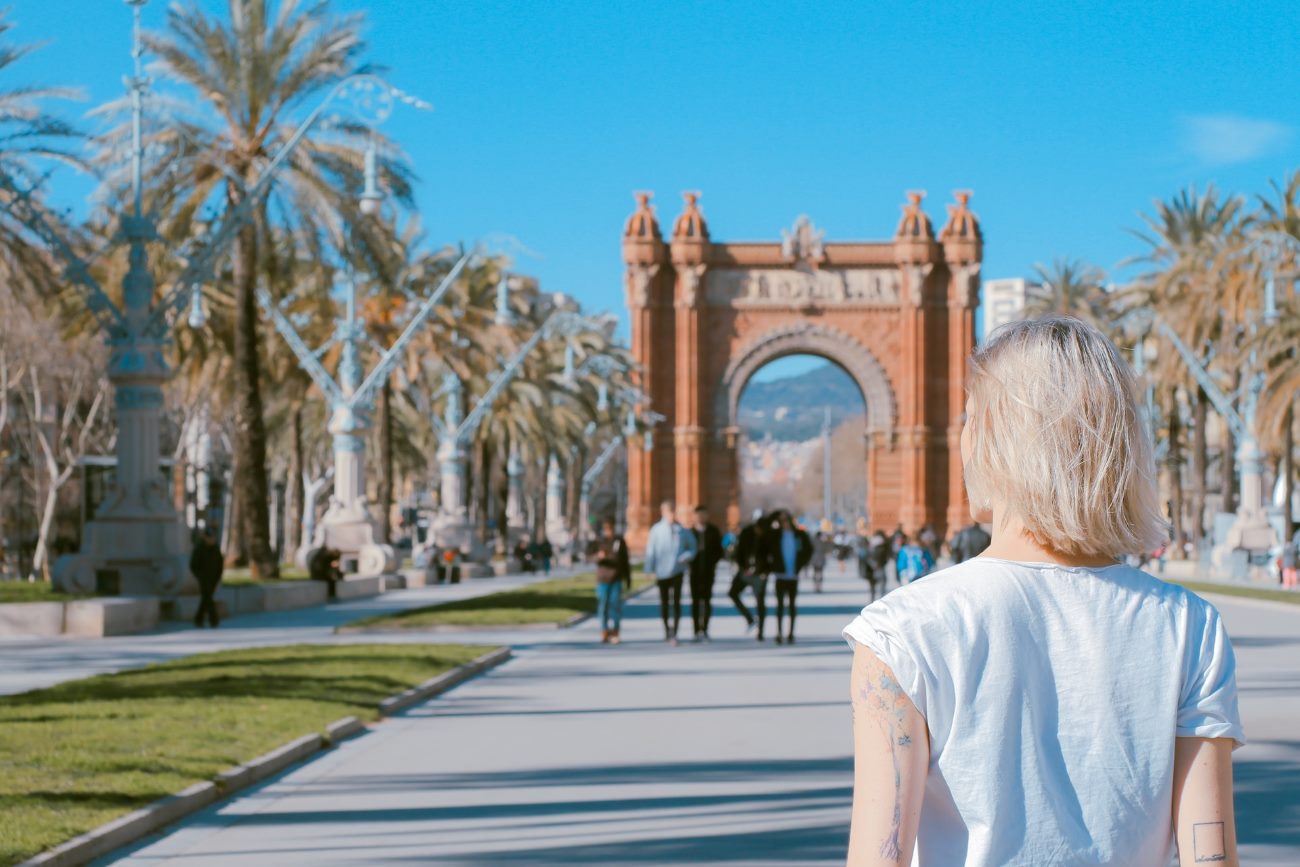Was East or West Berlin the Free Side of the City?
The Cold War division of Berlin receives its common name from East and West Berlin. It is crucial to identify which section of Berlin the “free” side resided during this period. This essay will detail the historical evolution of this event.
Background of the Berlin Wall
East Germany established the Berlin Wall through construction during 1961 for the purpose of blocking access from East Berlin to West Berlin. However East Berlin authorities built this 155-kilometer long barrier to keep their citizens from escaping through security checkpoints.
During this period the city split resulted in free and oppressed sides but the borders did not align with straightforward distinctions. The Berlin Wall constructed during the Cold War became the physical manifestation of the communist-democratic ideological conflict that ran across Eastern and Western Europe.
West Berlin: The Free Side
The Berlin Wall did not surround West Berlin but this region nevertheless functioned as the free part of the city. West Berlin along with other portions of the city operated under the control of the United States together with the British and French nations. The democratic rights flourished in West Berlin as this part of the city operated under capitalist principles.
West Berlin managed to prosper despite its position as an East Berlin enclave which developed into a meaningful symbol of Western defiance against Soviet rule during the Cold War period. During the Soviet blockade of 1948-1949 the Western Allies aided West Berlin through supply shipments.
East Berlin: Under Soviet Control
The Soviet Union together with the German Democratic Republic ruled East Berlin as its territory. The communist government controlled this zone with strict commitment to East Block ideological principles.
The daily existence in East Berlin maintained no similarities with West Berlin. Under governance control the government both limited political freedoms while implementing economic planning for the population. Under communist rule the people experienced limitations on their movements while Western media channels were restricted and consumer products were scarce.
The Fall of the Berlin Wall
The Berlin Wall maintained its position as a wall separating East and West for almost thirty years. The wall finally fell through chain of events beginning on November 9 in 1989. An enormous crowd of East Berlin citizens filled the streets to protest for freedom while demanding unrestricted passage.
As East German authorities failed to contain the massive public protests they finally yielded by declaring border openings. People from both sides of Berlin rejoiced when the patterning wall fell since this symbolized the closure of that historic period and the upcoming German national unification.
Conclusion
Berlin experienced two separate realties after the Cold War began with West and East Berlin functioning as autonomous elements. West Berlin maintained its democratic system to function as the free side but East Berlin faced communist authority under Soviet control. With the collapse of the Berlin Wall in 1989 both parts of Berlin unified which created a major historic milestone.
Table of Contents



